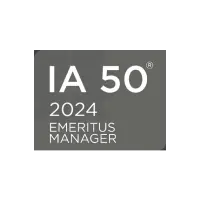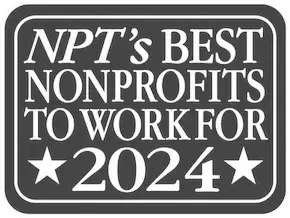
Charter schools are instrumental in leading innovation in the education space, resulting in better outcomes for students from low-income and underserved backgrounds. Charter school educators have more freedom to innovate and tailor their pedagogy to the specific needs of their community. They can also serve as a source of high-quality jobs and renewed community vitality. For more than two decades, Capital Impact has advanced equitable access to education by supporting high-performing and reputable public charter schools in communities where the traditional public system is underperforming or failing.

Improving Academic Performance
Charter schools continue to improve academic performance, with studies showing students surpassing those in traditional public schools in reading gains and keeping pace in math. Charter schools’ ability to innovate and direct resources toward specific needs and use customized teaching philosophies support that continued success.

Innovative Approaches
The freedom to innovate is critical to create long-term student impact. Effective charter schools lead when it comes to experimentation and creativity around organization, budgeting, scheduling, curriculum, and instruction. Schools that host health centers, promote healthy foods, and provide other services become true community pillars.

Supporting Diversity
While diversity is positive in many ways, the struggle to educate large classrooms of children with varying language proficiency and socio-economic backgrounds is challenging. Poor families, black students and Hispanic English-language learners have been found to benefit from a charter school education.
OUR SOLUTIONS
It is integral to our mission that all students have equitable access to a high-quality education. For more than two decades, we have delivered both the capital and commitment to support and grow strong charter schools across the country. According to the 2014 Charter School Facility Finance Landscape report, we are the leading Community Financial Development Institution (CDFI) in delivering capital to help finance the building and expansion of high-performing charter schools. In addition, we support capacity building and partnerships to bring about systemic change in our educational system.
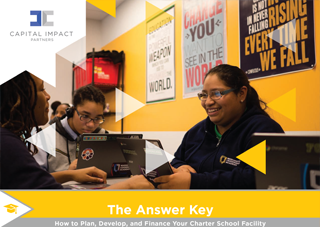
Capacity Building
We provide charter school operators step-by-step assistance in planning, evaluating, and implementing facilities development projects, including the creation of practical tools for assessments, budgeting, and balance sheets. This includes our “Answer Key,” a simple how-to guide designed to help navigate the school construction process.
Download The Answer Key
Charter School Financing
We understand that no two charter schools have the same needs. Our loan officers have expertise in setting up a wide variety of financing for small schools, larger education networks, and charter management organizations. We also embrace innovative approaches, such as schools that host health centers or healthy food retailers.
See our Financing Options
Partnerships & Policy Engagement
As an active member of a variety of charter school coalitions and associations, we are working in partnership with industry leaders to advance policy change, spread innovative best practices, and support surrounding communities – all critical to the development of successful, well-managed schools.
Read our Education Strategy BlogInterested in Education Financing?
STORIES OF CHANGE
Deploying strategic capital, structuring complicated transactions, and delivering capacity building to support charter schools in low-income communities creates real change that can last for decades as students grow up, graduate and thrive. We are proud to highlight some of the most innovative education institutions we partner with across the country who are making this happen.

Henry Ford Academy
Since he was a young boy growing up on Detroit’s east side, Devon loved to spend time with paper, pencils, and his imagination. Finding a school to nurture those interests was difficult. When his mother discovered the Henry Ford Academy: School for Creative Studies (HFA), he felt like he had discovered a new world.
Meet Devon
Equitas Academy
When Malka talks about removing boulders, images of a quarry may fill your mind. But in reality, it’s the barriers to college that this tireless Executive Director is attempting to remove from the path of her elementary school students in the low-income community of Pico-Union in central Los Angeles. See how she inspires her kids.
See How Malka Inspires Her Kids
Washington Leadership Academy & Lee Montessori
It is not often that teachers can find affordable housing near their schools in large cities like Washington, D.C. But in this innovative approach, that housing is being provided on the actual campus, which is also home to a charter high school and Montessori elementary school.
Watch the videoCase Study: Creating High-Quality Education Opportunities
Partnering with innovative schools that changing the way education is delivered is one way we create social impact. Learn more about our efforts with Montessori for All in Austin, Texas to support our next generation and help them reach their highest potential.
